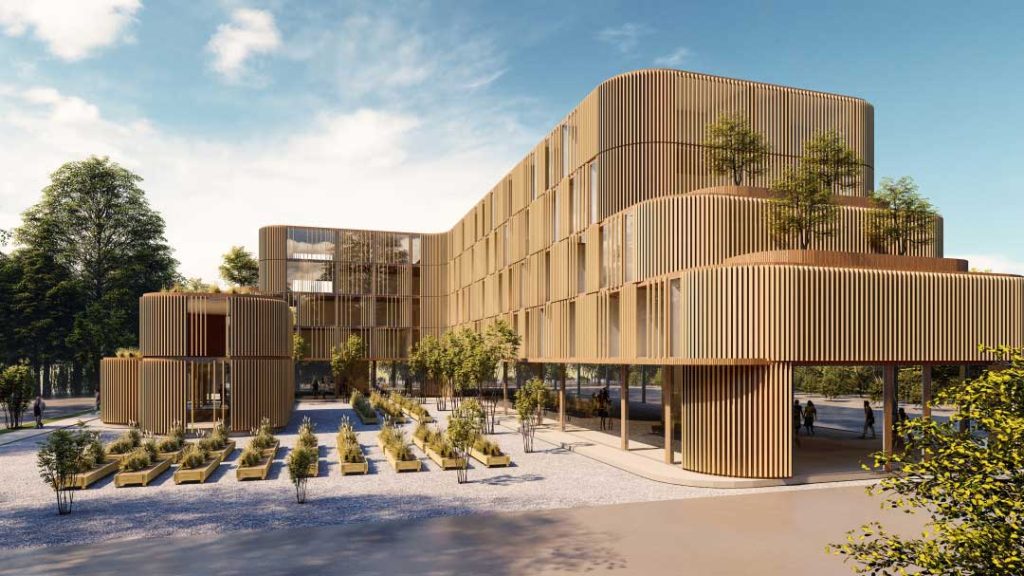Archilecture India
Sustainable Architecture Masterclass
Students Certified
Sustainable architecture is the practice of designing buildings and structures in a way that minimizes environmental impact, uses resources efficiently, and promotes long-term ecological health. The goal of sustainable architecture is to create buildings that not only serve their intended function but also contribute positively to the environment and society, both in the short and long term.
Sustainable architecture integrates environmental concerns with aesthetic, functional, and social objectives. It involves adopting design strategies and construction methods that reduce the consumption of non-renewable resources, minimize waste, and maximize energy efficiency.
Sustainable architecture is the practice of designing buildings and structures in a way that minimizes environmental impact, uses resources efficiently, and promotes long-term ecological health. The goal of sustainable architecture is to create buildings that not only serve their intended function but also contribute positively to the environment and society, both in the short and long term.
Sustainable architecture integrates environmental concerns with aesthetic, functional, and social objectives. It involves adopting design strategies and construction methods that reduce the consumption of non-renewable resources, minimize waste, and maximize energy efficiency.
Who is it for?
- Architecture Students
- Interior Design Students
- Design Building Enthusiasts
- Working Professionals
- Learners who have interest in knowing the building design development.
What will you learn?
Energy efficiency is one of the core principles of sustainable architecture, focusing on reducing energy consumption while maintaining comfort, usability, and functionality of buildings. Through design, materials, systems, and technologies, architects can create spaces that are more efficient, cost-effective, and environmentally friendly.
Selecting sustainable materials is a critical aspect of sustainable architecture. These materials are essential in reducing a building's environmental impact, improving energy efficiency, and minimizing waste. They also help reduce the carbon footprint and enhance the overall sustainability of a project.
Water conservation is a vital aspect of sustainable architecture, especially in regions facing water scarcity or where the environmental impact of water consumption is high. Effective water management not only reduces resource depletion but also lowers the cost of maintaining water systems in buildings and communities
Waste reduction is a fundamental principle of sustainable architecture, focusing on minimizing the environmental impact of construction and ensuring that buildings are designed to be adaptable and durable. The goal is to reduce waste during construction, enhance the longevity of buildings, and promote reuse, recycling, and material efficiency. By using thoughtful design and construction methods, architects and builders can reduce resource consumption, lower costs, and contribute to environmental sustainability.
Sustainable architecture not only aims to minimize environmental impact but also focuses on improving the health and well-being of the people who inhabit these spaces. By prioritizing indoor air quality, natural light, and human comfort, sustainable design creates environments that promote physical and mental well-being.



